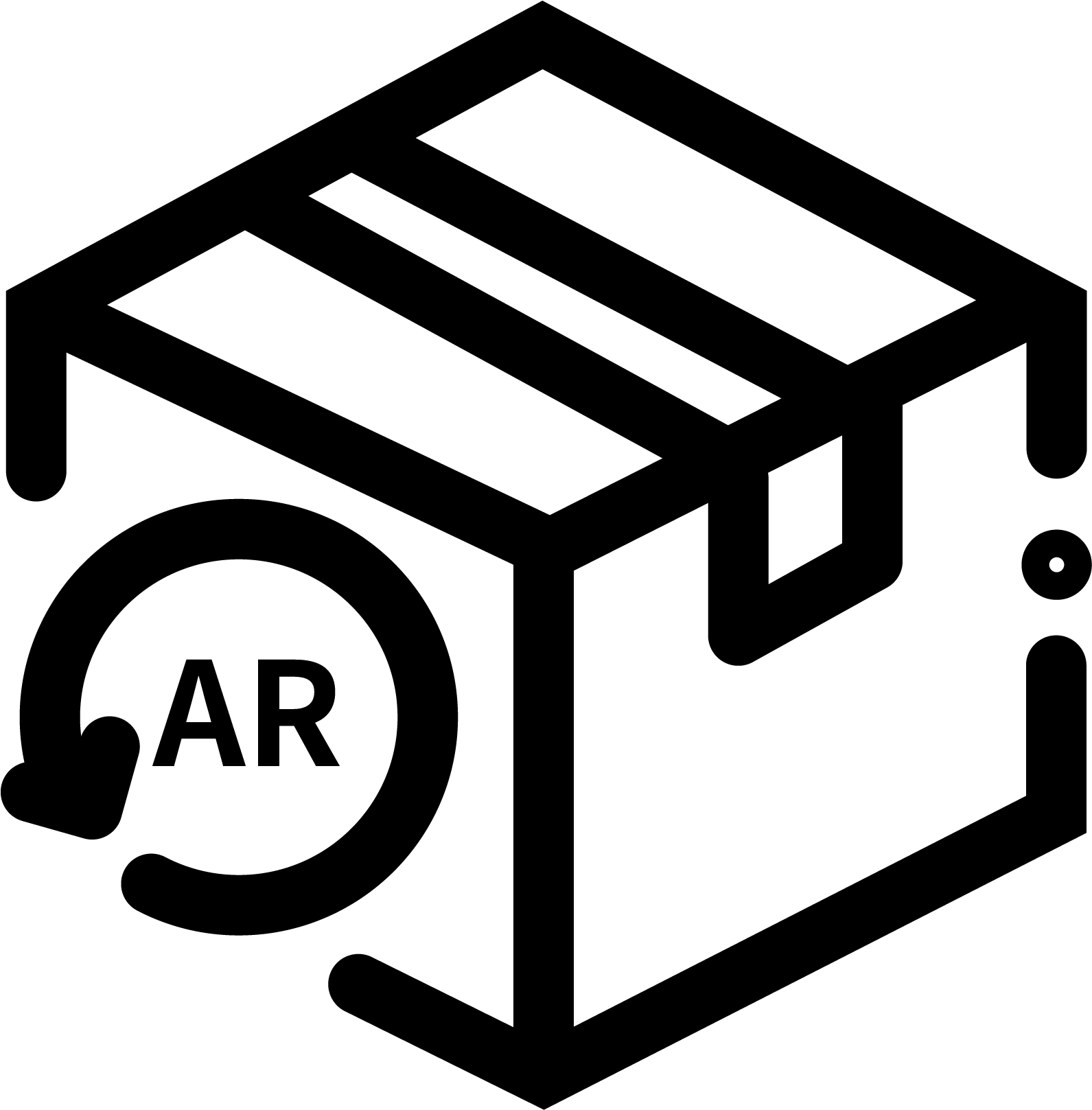The Bright Side: Red Light Therapy Pros and Cons
Written by: Lydia Bell
With the explosion of new beauty devices on the market in the past couple years, it's becoming harder to discern between science-backed innovations and mere fads. Recently, we’ve all been hearing about medical-grade red light therapy devices: this painless at-home treatment is supposed to help reduce inflammation and even reverse aging. But are they truly transformative beauty tools, or just another expensive gadget that will gather dust in your bathroom? Here's our comprehensive guide to understanding red light therapy pros and cons, and what benefits you can anticipate from these convenient at-home devices.
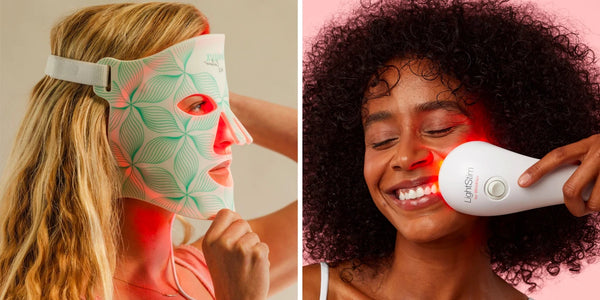
How Does Red Light Therapy Work?
Red light therapy, also known as photobiomodulation, utilizes low-level light to penetrate skin cells. This triggers a cell repair process that reduces inflammation, accelerates wound healing, and addresses signs of aging, according to dermatologists. While not a new concept in clinical settings, this form of therapy has gained popularity in at-home skincare devices, promising rejuvenation through devices like the Lightstim For Wrinkles, offering potential benefits for skin health and appearance.
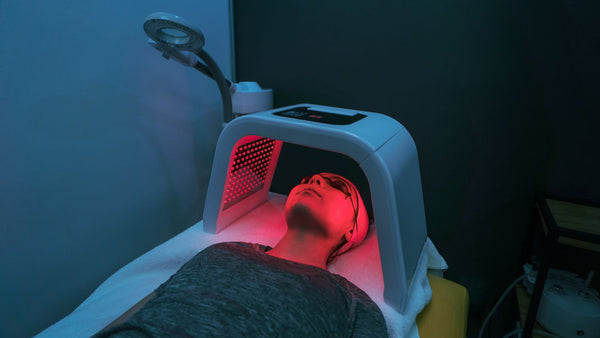
What Are The Benefits of Red Light Therapy?
Red light therapy has gained popularity in skincare due to its potential benefits, including stimulating collagen production, reducing inflammation, and aiding wound healing, according to doctors. While evidence suggests that professional medical-grade red light therapy treatments (such as in a dermatologists’ office or medical spa) can address signs of aging, scars, and inflammatory skin conditions like eczema and rosacea, clinical studies on at-home devices remain limited. Many studies have also noted its effectiveness in combination with blue light therapy for acne treatment, especially beneficial for those seeking pregnancy-safe alternatives to traditional acne fighters like retinoids or salicylic acid.
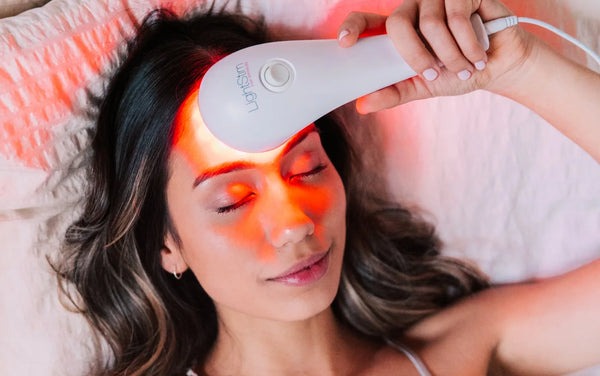
Do At-Home Red Light Therapy Devices Really Work?
Dermatologists emphasize that while at-home medical-grade red light therapy devices may not be as potent as those found in clinical settings, consistent use as directed can still yield benefits. It may take longer to achieve desired results compared to in-office treatments, but with patience and adherence to instructions, glowing skin is attainable on one's own schedule. Clinical professionals highlight the importance of frequency, noting that regular use of at-home devices over time can produce similar outcomes to fewer in-office sessions. While at-home devices offer varying wavelengths and LED concentrations, selecting a method that aligns with your personal preferences and committing to consistent usage is key.
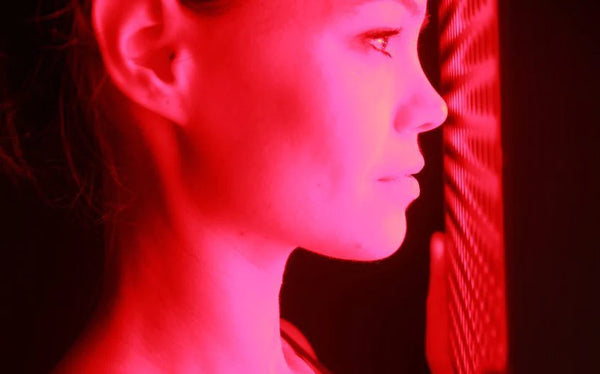
How Often Should I Use Red Light Therapy Devices at Home?
The recommended time and frequency of use for at-home devices vary greatly, so it's crucial to adhere to the manufacturer's instructions. It depends on the type of unit, so it’s important to read the instructions carefully. Most brands have conducted research on their own devices with specific instructions and recommendations. Generally, we suggest using the device three to five times a week for 10 to 20 minutes each session.
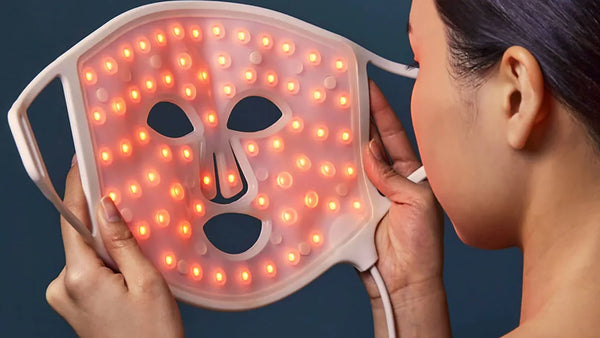
What Skin Type Will Benefit Most from Red Light Therapy?
Technically, while all skin types can derive benefits from at-home red light therapy, individuals with melasma or hyperpigmentation should exercise caution as any form of light therapy could potentially exacerbate pigmentation concerns. Otherwise, red light therapy serves as an excellent choice for mature skin, aiding in anti-aging efforts by stimulating collagen production and enhancing skin strength and elasticity. Moreover, it proves beneficial for those with acne-prone or sensitive skin, as it effectively reduces inflammation, minimizes scarring, and enhances the overall complexion.

Pros of Red Light Therapy
Improves Collagen Production
Red light therapy possesses the ability to penetrate deep beneath the skin's surface, aiding in cell repair and promoting regular, healthy cellular function. Additionally, it supports the restoration of collagen production, contributing to improved skin elasticity and a more youthful appearance.
Helps With Skin Health
Red light therapy (RLT) has demonstrated effectiveness in addressing various skin conditions including acne, eczema, and psoriasis, while also contributing to the reduction of wrinkles, fine lines, and age spots, ultimately enhancing overall skin health. The absorption of beneficial red light is vital for skin cell rejuvenation and the healing process.
Reduces Inflammation
Red light therapy reduces inflammation and pain, while also boosting blood flow to the muscles underneath the skin’s surface. This contributes to quicker skin healing and strengthens the skin’s ability to repair and recover.
Safe & Non-Invasive
Red light therapy offers a safe and non-invasive treatment alternative with minimal to no downtime and few side effects. Unlike certain treatments, it can be used daily and conveniently performed at home. All you need is the appropriate device to get started quickly and easily.
Cons of Red Light Therapy
Benefits Can Vary
While many people swear by its effects, red light therapy is not universally effective and may not yield the same results for everyone. Responses to treatment can differ from person to person, and certain conditions may not be as responsive as others. While it offers numerous benefits, it's important to recognize that it's not a cure-all solution.
Can’t Be Used On Hyperpigmented Skin
People with melasma (a skin condition that causes patches and spots on the face, which are darker than your natural skin tone) or who suffer from hyperpigmentation (uneven and patchy skin tone) aren’t usually good candidates for red light therapy. Any form of light therapy could potentially worsen those pigmented skin areas, leading to uneven skin.
It’s Time-Consuming
Red light therapy device sessions can be lengthy, ranging from 10 minutes to half an hour, and often require multiple sessions per week over several weeks or months for noticeable results. If you’re not good at sticking to a routine or too busy to make the time to stay consistent, these devices may not give you the results you’re expecting.
Best Medical-Grade Red Light Therapy Devices
LightStim For Wrinkles
The LightStim for Wrinkles provides rejuvenating wavelengths of light energy, and is FDA cleared to treat facial fine lines & wrinkles. In clinical studies, 100% of participants were shown to have significant improvement in lines on their forehead, cheeks, nasolabial folds, and jawline in just 8 weeks. Over time by using your device, you can help to recapture a plump, youthful appearance.
Artistic & Co Dr. Arrivo Ghost Premium
Artistic & Co Dr. Arrivo Ghost Premium is a multi-functional device that uses Red Light Therapy, Blue Light Therapy, Green Light Therapy, Electrical Muscle Stimulation (EMS), and High Frequency Pulse to firm, tighten, and reveal glowing, younger-looking skin. These expert technologies make the device suitable for use on both the face and body!
Artistic & Co Miss Arrivo The Vegas II
The portable, multi-functional device harnesses new powerful HI-MFIP technology to maximise the effectiveness of each lifting treatment. Combined with Red LED Light Therapy, this anti-aging device stimulates the production of collagen and speeds up skin cell renewal for a firmer, younger-looking complexion.

